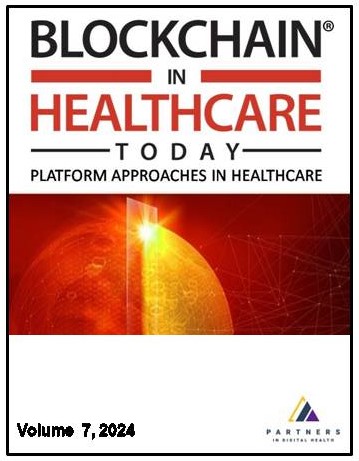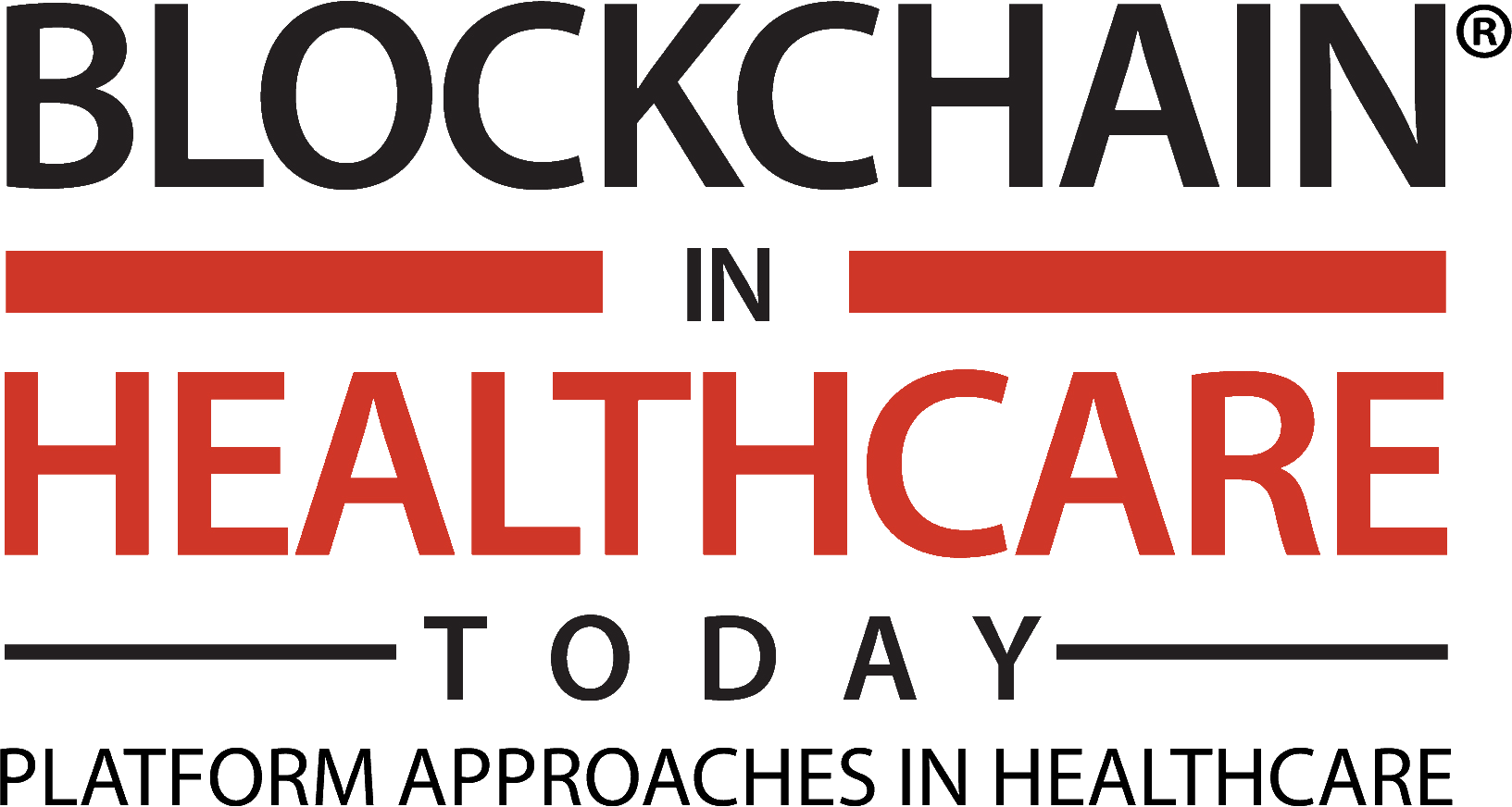
Additional files
More articles from Volume 1, Issue 1, 2018
Ethics Governance Outside the Box: Reimagining Blockchain as a Policy Tool to Facilitate Single Ethics Review and Data Sharing for the 'omics' Sciences
Public Health Surveillance using Decentralized Technologies
Separating Signal from Noise: Advice for Blockchain Startups
Letter from the Editor
Blockchain as a Foundation for Sharing Healthcare Data
Article views
Public Health Surveillance using Decentralized Technologies
Abstract
This article describes how blockchain technologies can be used in the context of Public Health Surveillance through decentralized sharing of genomic data. A brief analysis of why blockchain technologies are needed in public health is presented together with a distinction between public and private blockchains. Finally, a proposal for a network of blockchains, using the Cosmos framework, together with decentralized storage systems like IPFS and BigchainDB, is included to address the issues of interoperability in the health sector. Keywords: Blockchain, Cosmos Framework, Decentralized Technology, PublicHealth Surveillance
Keywords
References
Citation
Copyright
This is an open access article distributed under the Creative Commons Attribution License which permits unrestricted use, distribution, and reproduction in any medium, provided the original work is properly cited.
Article metrics
The statements, opinions and data contained in the journal are solely those of the individual authors and contributors and not of the publisher and the editor(s). We stay neutral with regard to jurisdictional claims in published maps and institutional affiliations.

